
Charming Calderon: Heart of Cochabamba's Cultural Pulse
Discover Calderon in Cochabamba: A vibrant neighbourhood where history, culture, and green spaces create the perfect Bolivian experience.
Calderon, nestled in the vibrant city of Cochabamba, Bolivia, is a neighbourhood that effortlessly blends history, culture, and modernity. Known for its bustling markets, lush green parks, and colonial-era architecture, Calderon offers an authentic Bolivian experience that captivates every visitor. The streets are lined with colorful houses and inviting cafes, making it a delightful area to explore on foot. A highlight of Calderon is its central market, where you can find a plethora of local goods ranging from fresh produce to handcrafted souvenirs. The market is a sensory delight, filled with the aromas of traditional Bolivian cuisine and the vibrant sounds of local vendors. This is the perfect place to immerse yourself in the daily life of Cochabamba residents and perhaps even pick up a few phrases in Quechua, the local indigenous language. For those interested in history and architecture, Calderon does not disappoint. The neighbourhood boasts several beautiful churches and historical buildings that date back to the colonial period. Walking through its streets, you'll feel a sense of the past blending seamlessly with the present. Don't miss the chance to visit the local museums, which offer fascinating insights into the region's rich cultural heritage. Calderon is also a green oasis in the middle of the city. Its parks and plazas are ideal for a leisurely stroll or a peaceful break from sightseeing. The neighbourhood is particularly beautiful in the late afternoon, when the setting sun casts a golden glow over the landscape. Whether you're a history buff, a foodie, or simply looking to relax, Calderon has something for everyone.
Local tips in Calderon
- Visit the central market early in the morning to experience the bustling atmosphere and get the freshest produce.
- Take a guided walking tour to fully appreciate the historical significance of Calderon's colonial buildings and churches.
- Learn a few basic Quechua phrases to connect more deeply with local vendors and residents.
- Enjoy a late afternoon stroll in one of Calderon's parks to capture the neighbourhood's beauty in the golden hour.
- Try the local street food for an authentic taste of Bolivian cuisine.
Charming Calderon: Heart of Cochabamba's Cultural Pulse
Calderon, nestled in the vibrant city of Cochabamba, Bolivia, is a neighbourhood that effortlessly blends history, culture, and modernity. Known for its bustling markets, lush green parks, and colonial-era architecture, Calderon offers an authentic Bolivian experience that captivates every visitor. The streets are lined with colorful houses and inviting cafes, making it a delightful area to explore on foot. A highlight of Calderon is its central market, where you can find a plethora of local goods ranging from fresh produce to handcrafted souvenirs. The market is a sensory delight, filled with the aromas of traditional Bolivian cuisine and the vibrant sounds of local vendors. This is the perfect place to immerse yourself in the daily life of Cochabamba residents and perhaps even pick up a few phrases in Quechua, the local indigenous language. For those interested in history and architecture, Calderon does not disappoint. The neighbourhood boasts several beautiful churches and historical buildings that date back to the colonial period. Walking through its streets, you'll feel a sense of the past blending seamlessly with the present. Don't miss the chance to visit the local museums, which offer fascinating insights into the region's rich cultural heritage. Calderon is also a green oasis in the middle of the city. Its parks and plazas are ideal for a leisurely stroll or a peaceful break from sightseeing. The neighbourhood is particularly beautiful in the late afternoon, when the setting sun casts a golden glow over the landscape. Whether you're a history buff, a foodie, or simply looking to relax, Calderon has something for everyone.
Iconic landmarks you can’t miss
September 14 Square
Discover the charm of September 14 Square in Cochabamba, a vibrant park surrounded by palm trees and historic colonial architecture.
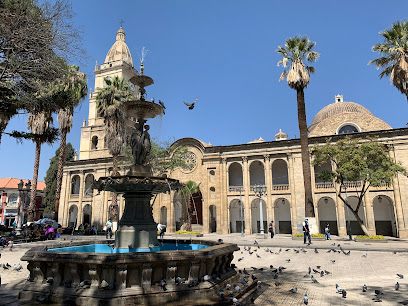
Colon Square
Explore Colon Square in Cochabamba, a vibrant park and plaza that celebrates Bolivia's culture and natural beauty, perfect for relaxation and social gatherings.
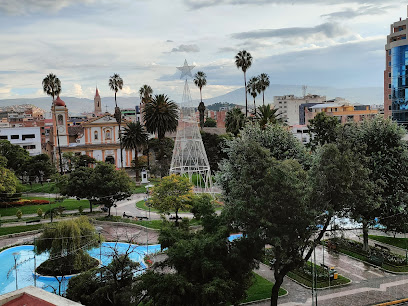
Familia Park
Discover the charm of Familia Park, a vibrant retreat in Cochabamba, perfect for relaxation, picnics, and family fun amidst stunning natural beauty.
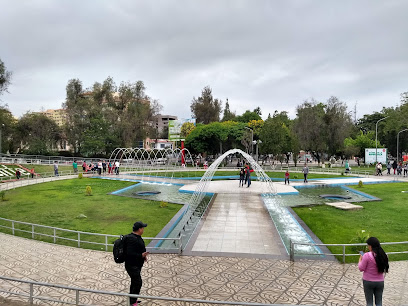
Cristo de la Concordia
Explore Cristo de la Concordia in Cochabamba, Bolivia: a majestic statue offering stunning views and a profound cultural experience.
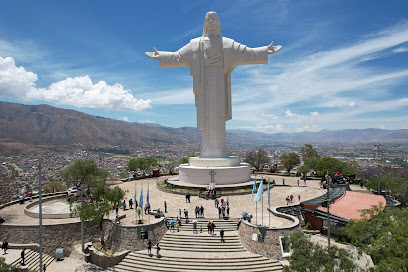
Paseo El Prado
Discover the lush beauty and cultural vibrancy of Paseo El Prado, Cochabamba's beloved park that combines relaxation with local charm.
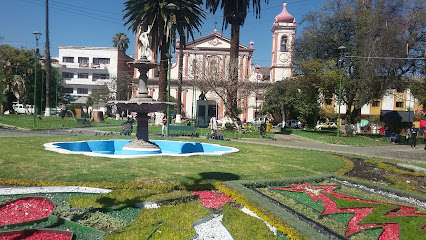
Plazuela Corazonistas / Guzman Quiton
Discover the charm of Plazuela Corazonistas in Cochabamba, a vibrant plaza perfect for relaxation and cultural immersion.
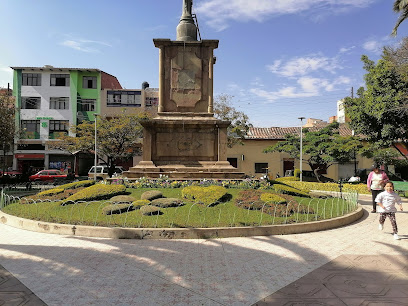
Flags Plaza
Explore Flags Plaza in Cochabamba, a vibrant hub of flags, culture, and community offering a unique glimpse into Bolivia's diverse heritage.
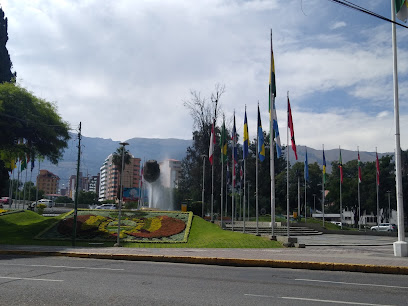
Plazuela Quintanilla
Explore the tranquil beauty and vibrant culture of Plazuela Quintanilla, a must-visit city park in the heart of Cochabamba, Bolivia.
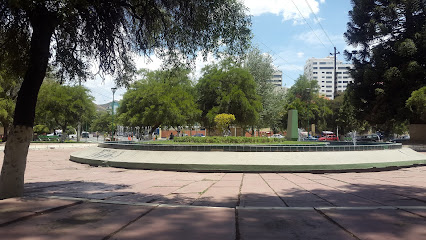
Museo Convento Santa Teresa
Explore the exquisite art and history of Bolivia at Museo Convento Santa Teresa, a heritage museum that captivates with its colonial charm.
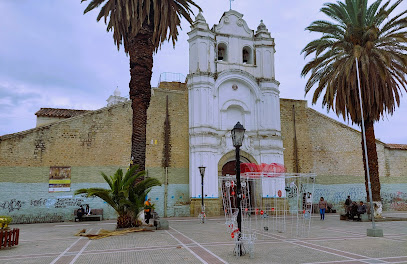
Casona Santivañez Museum
Explore the heart of Bolivian culture at Casona Santivañez Museum, a captivating destination for art and history enthusiasts in Cochabamba.
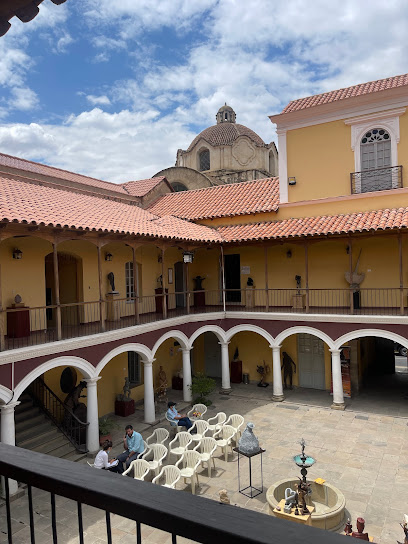
Unmissable attractions to see
Colon Square
Discover the vibrant heart of Cochabamba at Colon Square, where culture, relaxation, and local traditions come together in a beautiful city park.

Cristo de la Concordia
Explore Cristo de la Concordia, a monumental tribute to faith with breathtaking views in Cochabamba, Bolivia.
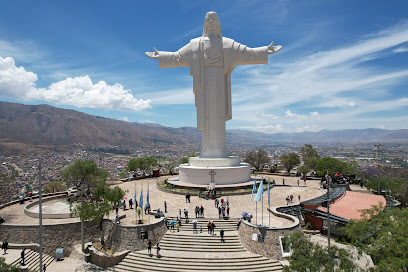
Lincoln Park
Discover the lush landscapes and vibrant flora of Lincoln Park in Cochabamba, a perfect escape for nature lovers and urban explorers alike.
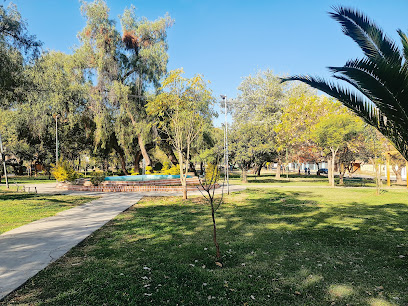
Prehistorico Sacaba Park
Explore the lush landscapes and prehistoric wonders of Prehistorico Sacaba Park, a breathtaking natural retreat in Bolivia's Sacaba.
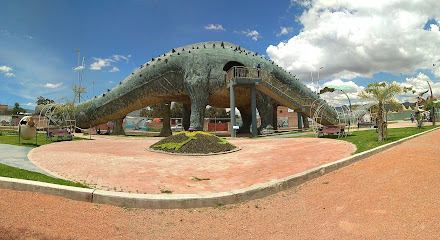
Ecoturistico Pairumani Park
Explore Ecoturistico Pairumani Park, a breathtaking ecological park near Combuyo, Bolivia, rich in diverse landscapes and wildlife.
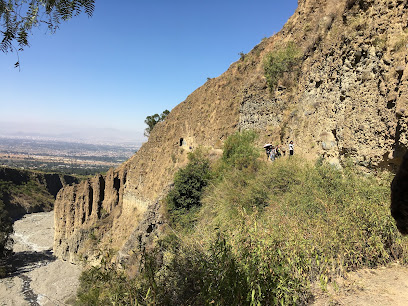
Museo Convento Santa Teresa
Explore the serene Museo Convento Santa Teresa, a heritage museum in Cochabamba showcasing rich religious history and cultural heritage.
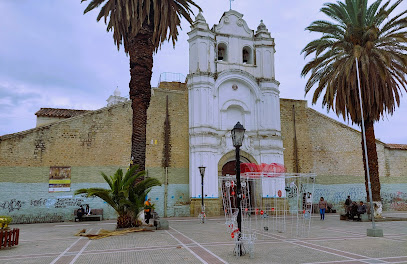
Pasaje Histórico San Rafael
Discover the vibrant history and local culture at Pasaje Histórico San Rafael in Cochabamba—a must-visit gem for travelers.
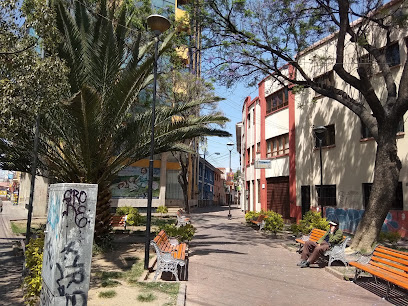
El condor de Cochabamba
Discover the breathtaking beauty and cultural significance of El Condor de Cochabamba, a must-visit tourist attraction in Bolivia's stunning landscapes.
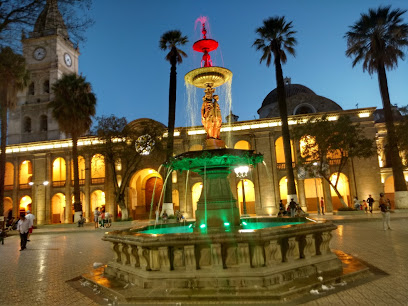
Parque de la Urb. Colomi
Experience tranquility at Parque de la Urb. Colomi, a serene park in Cochabamba perfect for relaxation and enjoying nature's beauty.

Essential places to dine
Cayenna Restaurant
Discover the flavors of Bolivia at Cayenna Restaurant in Cochabamba—where tradition meets modern cuisine in a vibrant setting.
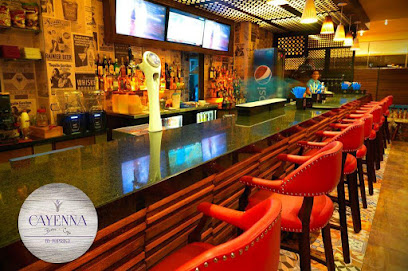
Muela del Diablo
Experience exceptional Bolivian cuisine with stunning views at Muela del Diablo in Cochabamba.
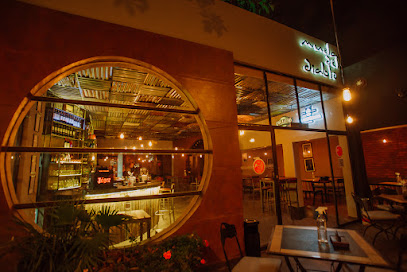
El Bosque de las Hadas
Experience culinary magic at El Bosque de las Hadas in Cochabamba - where every meal feels like stepping into a fairy tale.
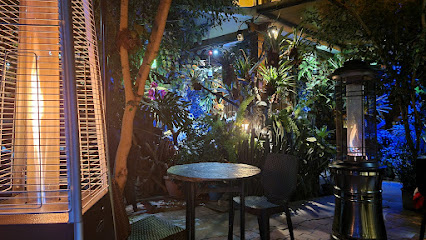
Kansas Grill & Bar
Experience the vibrant flavors of Bolivia at Kansas Grill & Bar in Cochabamba – where culinary excellence meets warm hospitality.
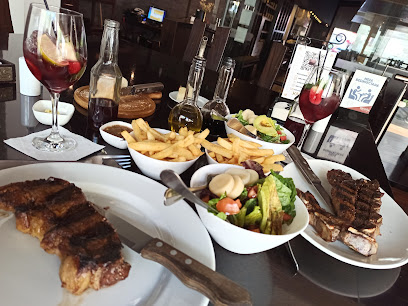
EL MESON DEL CANTOR
Experience authentic Bolivian cuisine paired with enchanting live music at El Mesón del Cantor in Cochabamba.
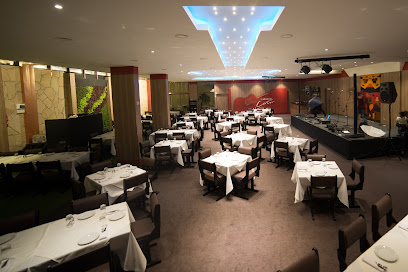
Denver Restaurant
Experience the rich flavors of Bolivia at Denver Restaurant - where traditional cuisine meets modern gastropub flair.
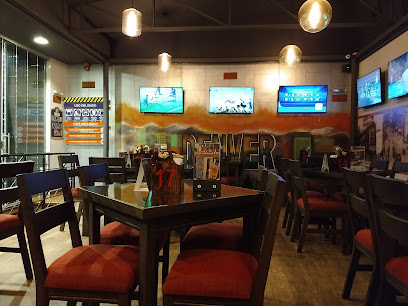
Palacio del Charque
Experience authentic Bolivian cuisine with a modern twist at Palacio del Charque in Cochabamba – where tradition meets taste.
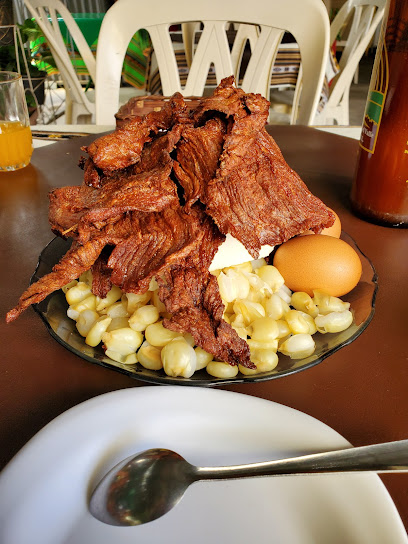
Restaurant Rincon del Valle
Experience authentic Bolivian cuisine at Restaurant Rincon del Valle in Cochabamba - a must-visit eatery for every traveler.
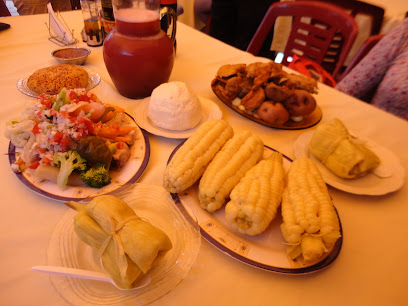
Stipicante Cochabamba
Experience authentic Bolivian flavors at Stipicante Cochabamba - where every dish tells a story.
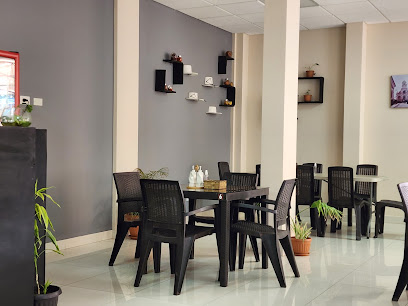
AMEXICAN Restaurant
Experience delicious American cuisine at AMEXICAN Restaurant in Cochabamba - where every meal is a celebration of flavor.
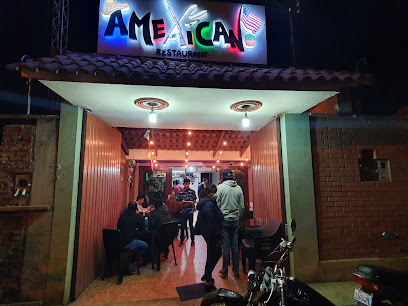
Markets, malls and hidden boutiques
Calzart Bolivia (Regional Cochabamba)
Discover exquisite leather craftsmanship at Calzart Bolivia, your go-to destination for custom boots and shoes in Cochabamba.
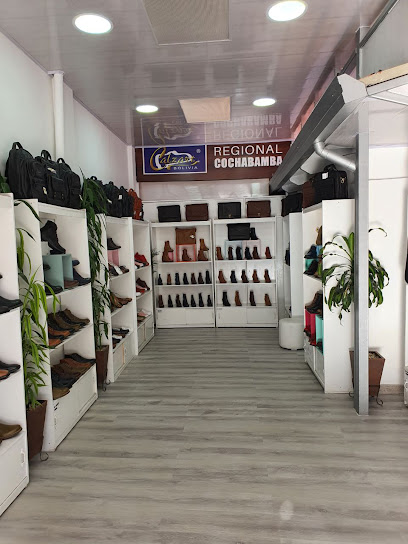
Shopping Sucre
Explore Shopping Sucre in Cochabamba, Bolivia, a vibrant mall featuring diverse shops, dining, and entertainment options for an unforgettable experience.
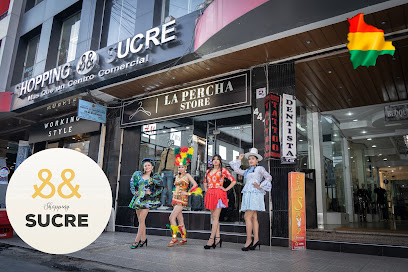
MERCADITO DE DUENDES
Explore the vibrant Mercadito de Duendes in Cochabamba for unique gifts and authentic Bolivian crafts that capture the essence of local culture.
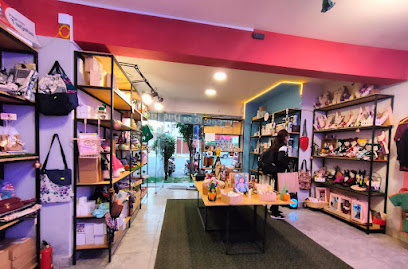
Surtiditos Bolivia
Explore the vibrant essence of Bolivia at Surtiditos Bolivia, where unique crafts and local delicacies await every visitor.
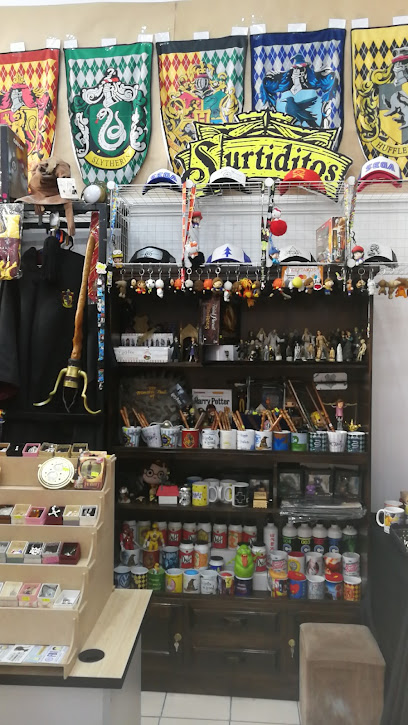
Shopping Venus
Discover the diverse shopping experience at Shopping Venus in Cochabamba, where local culture meets modern retail delights.
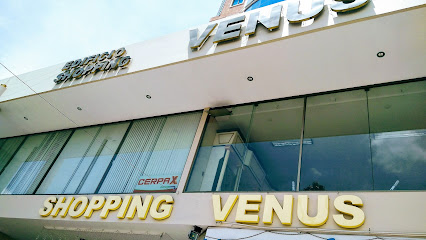
DreamBox
Explore DreamBox in Cochabamba for unique gifts and local art, a perfect spot to find memorable souvenirs of Bolivia.
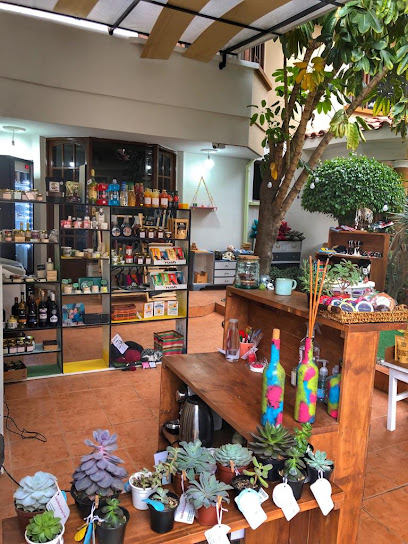
Irma's Boutique
Discover unique fashion pieces and local designer creations at Irma's Boutique in Cochabamba, the ultimate shopping destination for travelers.

Outdoor Store
Discover high-quality outdoor apparel and gear in Cochabamba's top outdoor store, perfect for your next adventure in Bolivia's stunning landscapes.
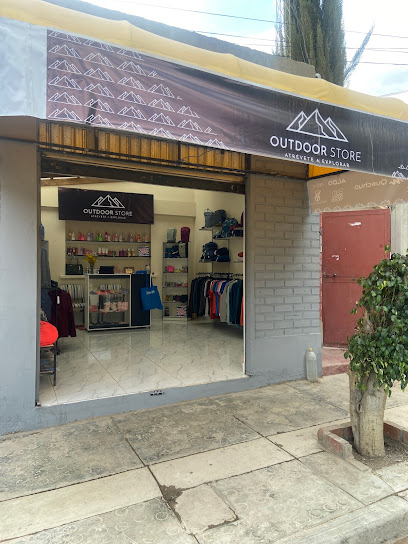
Versus
Experience the essence of Cochabamba at Versus, a boutique offering unique local fashion and artisanal crafts that capture the spirit of Bolivia.

Undici Giocatori
Discover stylish apparel at Undici Giocatori, Cochabamba's vibrant clothing store offering a unique blend of local and modern fashion.
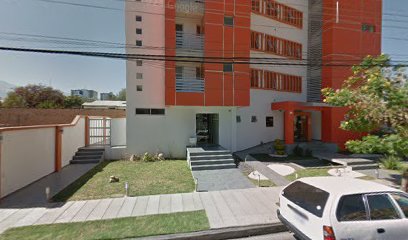
Killari Store
Explore the rich craftsmanship of Bolivia at Killari Store, your go-to gift shop for unique souvenirs and local handicrafts in Cochabamba.
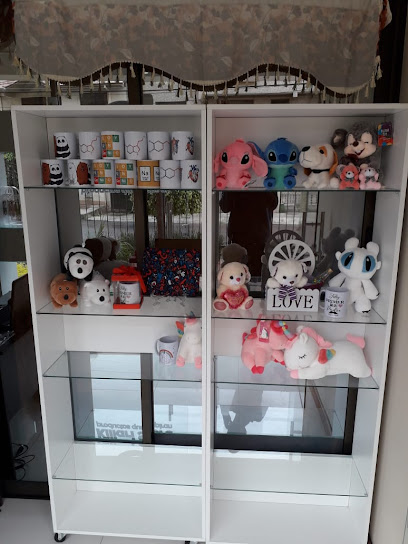
Boutique on Line
Explore the vibrant Boutique on Line in Cochabamba for unique fashion and local crafts that showcase Bolivia's rich culture.
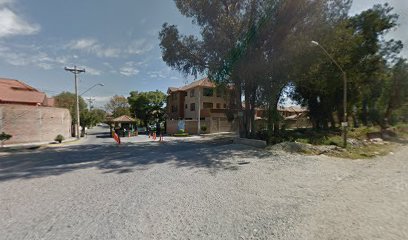
URBANOS
Discover unique fashion at URBANOS, Cochabamba's vibrant clothing store, where local culture meets contemporary style.
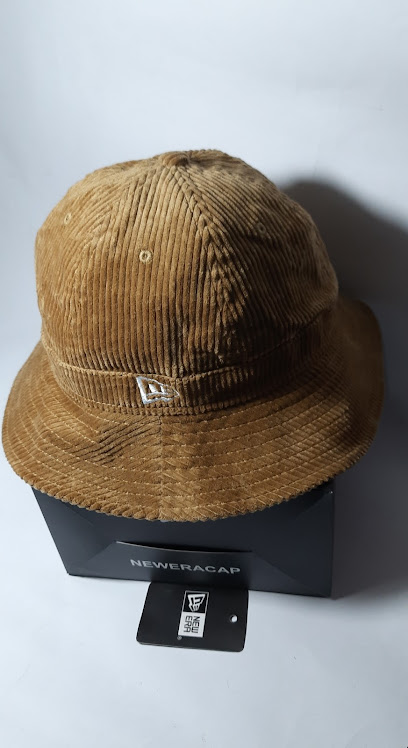
Angies store kids
Explore Angie's Store in Cochabamba for a delightful selection of children's fashion and accessories in a charming boutique atmosphere.

Tienda Luces
Discover the authentic flavors of Bolivia at Tienda Luces, Cochabamba's charming grocery store with local specialties and delightful snacks.
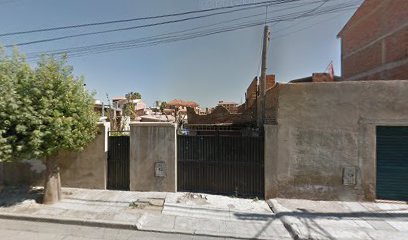
Essential bars & hidden hideouts
Bunker Grill & Bar
Discover Bunker Grill & Bar in Cochabamba, where American-style meals and vibrant nightlife create an unforgettable dining experience.

MANGOS Tropical Bar
Explore Cochabamba's nightlife at MANGOS Tropical Bar, where lively ambiance meets delicious cocktails and local flavors in a vibrant setting.
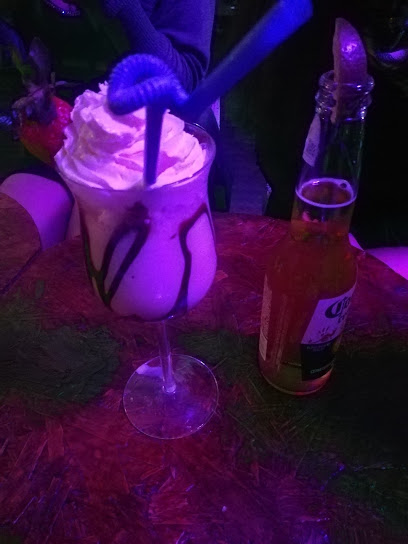
1969 Rock & Bar
Discover the energetic vibe of 1969 Rock & Bar in Cochabamba, where live music meets a lively atmosphere for an unforgettable night out.
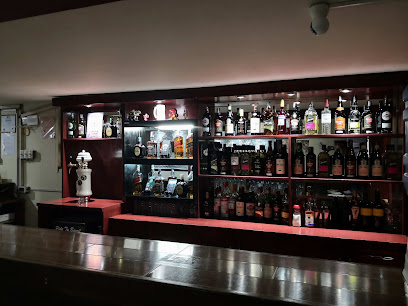
Beer Garden
Discover the lively Beer Garden in Cochabamba, a top destination for socializing with refreshing drinks and a vibrant atmosphere.
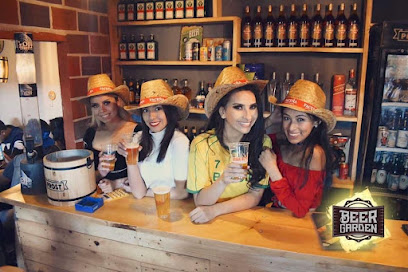
ROMA grill & beer
Discover the vibrant nightlife at ROMA Grill & Beer in Cochabamba, where delicious grilled dishes and a wide selection of beers await you.
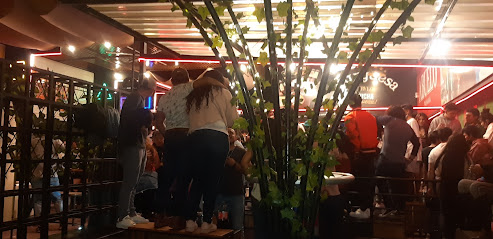
DI BARI Pub - Bar
Discover the vibrant DI BARI Pub in Cochabamba, a perfect blend of local culture and contemporary ambiance, ideal for food and drink lovers.
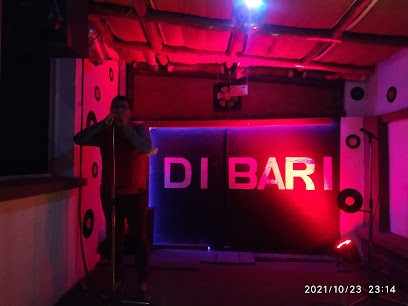
Black Pistón's Steak House
Experience the best of Bolivian cuisine at Black Pistón's Steak House, where delicious steaks meet vibrant culture in Cochabamba.
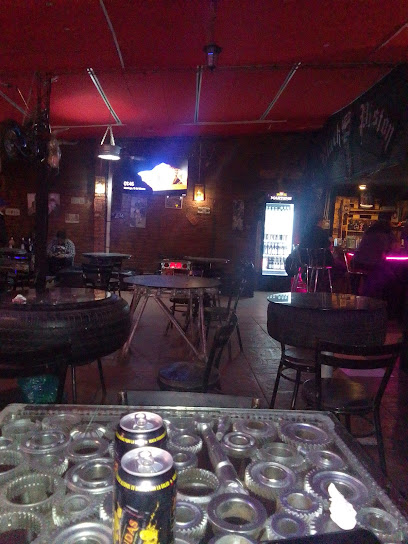
Local los escorpiones
Discover the vibrant nightlife of Bolivia at Local los escorpiones, a bar offering unique drinks and a lively atmosphere perfect for tourists.
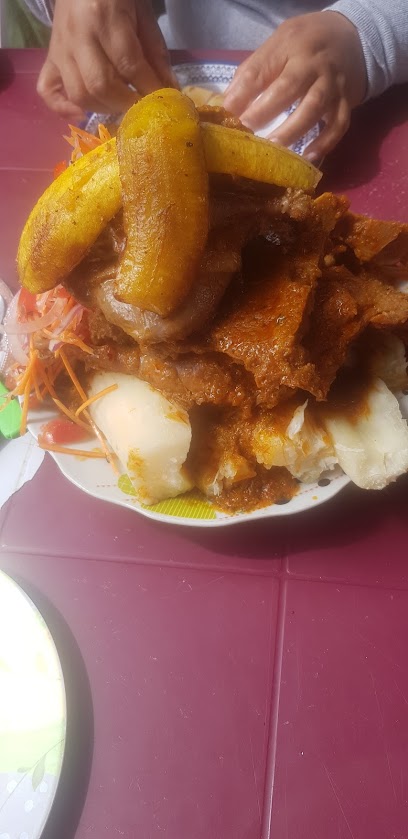
ARCANA BISTRO
Discover the lively atmosphere and local flavors at Arcana Bistro in Cochabamba, where great drinks and delicious bites await.
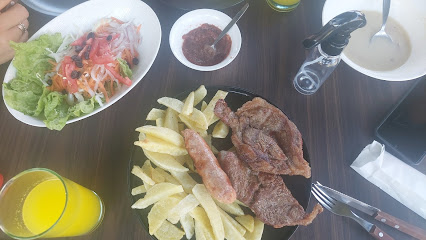
Bar Pensión La Gringera
Discover the vibrant nightlife and local flavors at Bar Pensión La Gringera in Cochabamba, Bolivia, a must-visit for every traveler.
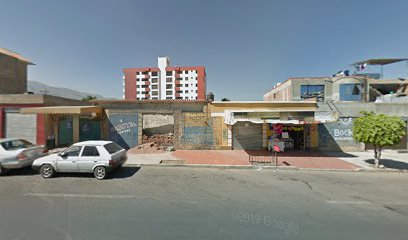
Bar La Gorda
Experience the vibrant essence of Cochabamba at Bar La Gorda, a cozy bar offering local drinks in a welcoming atmosphere.
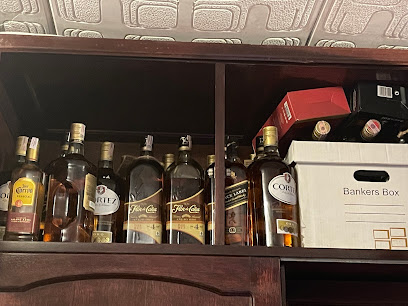
Candy Bar Girls
Discover the vibrant nightlife at Candy Bar Girls in Cochabamba, where great drinks and a lively atmosphere come together for an unforgettable experience.
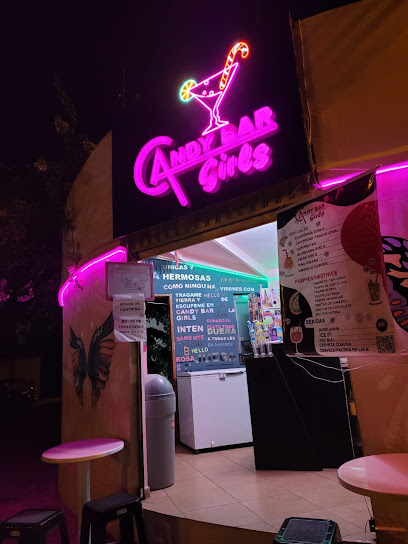
PROTEIN COOL
Experience the vibrant nightlife at PROTEIN COOL, Cochabamba's premier bar for refreshing drinks and local ambiance.
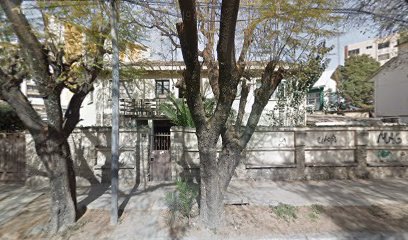
The Kraken Resto-Bar
Savor the vibrant grill flavors and lively bar atmosphere at The Kraken Resto-Bar, a must-visit dining hotspot in Cochabamba.
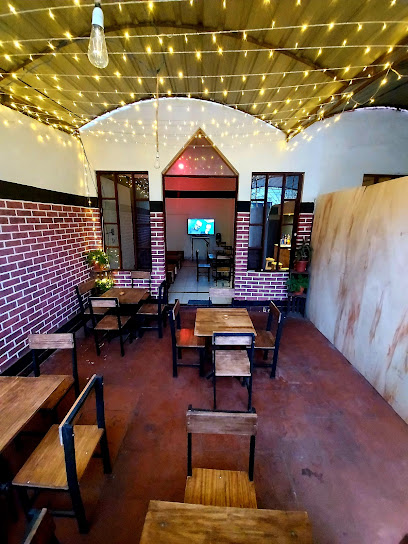
Local Phrases
-
- Hello¡Hola!
[O-la] - Goodbye¡Adiós!
[A-dios] - YesSí
[See] - NoNo
[No] - Please/You're welcomePor favor/De nada
[Por fa-vor/De na-da] - Thank youGracias
[Gra-sias] - Excuse me/SorryPerdón/Lo siento
[Per-don/Lo see-en-to] - How are you?¿Cómo estás?
[Ko-mo es-tas] - Fine. And you?Bien. ¿Y tú?
[Byen. Ee too] - Do you speak English?¿Hablas inglés?
[A-blas een-gles] - I don't understandNo entiendo
[No en-tien-do]
- Hello¡Hola!
-
- I'd like to see the menu, pleaseQuisiera ver el menú, por favor
[Key-see-era ver el me-noo, por fa-vor] - I don't eat meatNo como carne
[No ko-mo kar-ne] - Cheers!¡Salud!
[Sa-lood] - I would like to pay, pleaseMe gustaría pagar, por favor
[Me goo-sta-ree-a pa-gar, por fa-vor]
- I'd like to see the menu, pleaseQuisiera ver el menú, por favor
-
- Help!¡Ayuda!
[A-yu-da] - Go away!¡Vete!
[Ve-te] - Call the Police!¡Llama a la Policía!
[Ya-ma a la Po-li-sya] - Call a doctor!¡Llama a un doctor!
[Ya-ma a un dok-tor] - I'm lostEstoy perdido
[Es-toy per-di-do] - I'm illEstoy enfermo
[Es-toy en-fer-mo]
- Help!¡Ayuda!
-
- I'd like to buy...Quisiera comprar...
[Key-see-era kom-prar] - I'm just lookingSolo estoy mirando
[So-lo es-toy mee-ran-do] - How much is it?¿Cuánto cuesta?
[Kwan-to kwe-sta] - That's too expensiveEsto es muy caro
[Es-to es mwee kar-o] - Can you lower the price?¿Puedes bajar el precio?
[Pwe-des ba-har el pre-syo]
- I'd like to buy...Quisiera comprar...
-
- What time is it?¿Qué hora es?
[Ke o-ra es] - It's one o'clockEs la una
[Es la oo-na] - Half past (10)Las diez y media
[Las dy-es ee me-dya] - MorningMañana
[Ma-nya-na] - AfternoonTarde
[Tar-de] - EveningNoche
[No-che] - YesterdayAyer
[Ay-er] - TodayHoy
[Oy] - TomorrowMañana
[Ma-nya-na] - 1Uno
[U-no] - 2Dos
[Dos] - 3Tres
[Tres] - 4Cuatro
[Kwa-tro] - 5Cinco
[Sinko] - 6Seis
[Seis] - 7Siete
[Sye-te] - 8Ocho
[O-cho] - 9Nueve
[Nwe-ve] - 10Diez
[Dy-es]
- What time is it?¿Qué hora es?
-
- Where's a/the...?¿Dónde está...?
[Don-de es-ta] - What's the address?¿Cuál es la dirección?
[Kwal es la dee-rek-syon] - Can you show me (on the map)?¿Puedes mostrarme (en el mapa)?
[Pwe-des mos-trar-me (en el ma-pa)] - When's the next (bus)?¿Cuándo es el próximo (autobús)?
[Kwan-do es el pro-si-mo (au-to-bus)] - A ticket (to ....)Un boleto (a ....)
[Un bo-le-to (a)]
- Where's a/the...?¿Dónde está...?
History of Calderon
-
The neighbourhood of Calderón is rooted in the rich tapestry of pre-Columbian history that characterizes the Cochabamba region. The indigenous peoples, particularly the Aymara and Quechua, inhabited this area long before Spanish colonization, developing complex societies with advanced agricultural practices, particularly in the fertile valleys surrounding Cochabamba.
-
With the arrival of the Spanish in the 16th century, Calderón began to take shape as part of the colonial expansion in Cochabamba. The Spanish established agricultural estates, known as 'haciendas,' which utilized indigenous labor. This led to significant changes in land ownership and the introduction of European crops and livestock, influencing the local culture.
-
Calderón played a subtle yet important role during the Bolivian War of Independence in the early 19th century. As Cochabamba was a strategic location for the insurgent movements against Spanish rule, the contributions of local residents from Calderón were significant in the fight for autonomy, with many participating in the battles that paved the way for Bolivia's eventual independence in 1825.
-
Throughout the 20th century, Calderón has maintained a vibrant cultural identity, heavily influenced by its indigenous roots. The neighbourhood is known for its traditional festivals, such as 'La Fiesta de la Virgen de la Candelaria,' where local customs and Andean spirituality blend, showcasing the resilience of indigenous culture despite the pressures of modernization.
-
In recent decades, Calderón has experienced significant urban development as Cochabamba has expanded. This has led to a mix of traditional and modern influences in architecture and lifestyle. Despite this growth, the neighbourhood retains a sense of community and cultural heritage, evidenced by local markets, artisanal crafts, and ongoing celebrations of its historical roots.
Calderon Essentials
-
Calderon is located within Cochabamba and is easily accessible from other neighborhoods. You can take a taxi or use public transport options such as buses and minibuses (micros) that connect various neighborhoods. The main bus terminal in Cochabamba provides services to multiple nearby areas. If you're arriving from the airport, taxis are available, and the journey to Calderon will typically take around 30 minutes depending on traffic.
-
Calderon is best navigated on foot, as many attractions are within walking distance. However, for longer distances, public buses and micros are available and offer a cost-effective means of transportation. Taxis are also an option for more convenience. Renting a bicycle is becoming increasingly popular, and several local rental shops offer this service.
-
Calderon is generally safe for tourists, but it is advisable to remain vigilant, especially in crowded areas. Certain neighborhoods in Cochabamba have higher crime rates, including petty theft and pickpocketing, particularly around markets and bus stations. It's best to avoid walking alone at night and to stay away from poorly lit areas.
-
In case of an emergency, dial 110 for police assistance or 118 for medical emergencies. Familiarize yourself with the location of the nearest hospital or clinic. It is advisable to have travel insurance that covers emergencies. Pharmacies are available throughout Calderon for minor health issues.
-
Fashion: Do dress modestly, especially when visiting religious sites. Avoid revealing clothing. Religion: Do respect local customs, particularly in churches; ensure to cover your head if required. Public Transport: Do be courteous, giving up your seat to the elderly. Don't eat or drink on public transport. Greetings: Do greet people with a handshake and a smile. Eating & Drinking: Do try local street food and accept food offerings. Don't refuse hospitality, as it can be seen as impolite.
-
To experience Calderon like a local, visit local markets for fresh produce and traditional foods. Engage with the locals, who are often welcoming and eager to share insights about their culture. Try to learn a few basic phrases in Spanish, which will go a long way in building rapport. Additionally, consider attending local festivals or events to immerse yourself in the vibrant community life.
Nearby Cities to Calderon
-
Things To Do in Sucre
-
Things To Do in La Paz
-
Things To Do in Potosi
-
Things To Do in Santa Cruz de la Sierra
-
Things To Do in Copacabana
-
Things To Do in Uyuni
-
Things To Do in Tacna
-
Things To Do in Puno
-
Things To Do in Arica
-
Things To Do in Tarija
-
Things To Do in Iquique
-
Things To Do in Arequipa
-
Things To Do in San Pedro de Atacama
-
Things To Do in Cusco
-
Things To Do in Antofagasta









